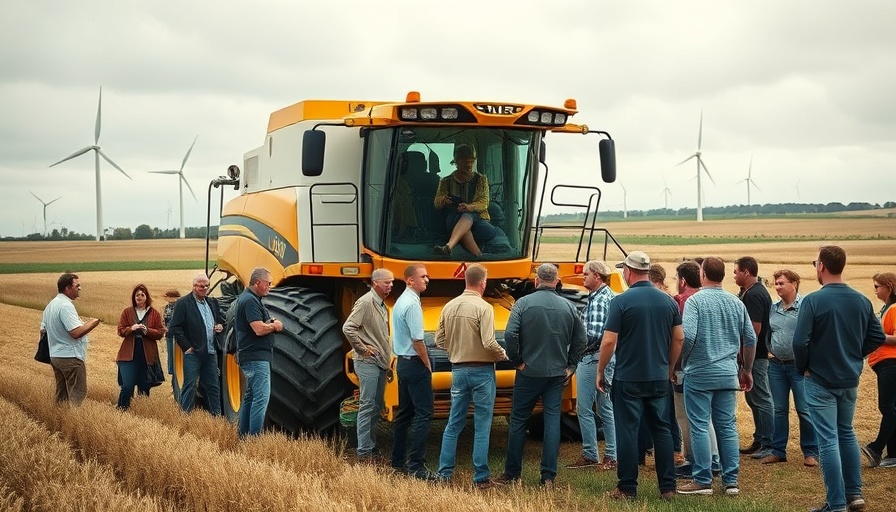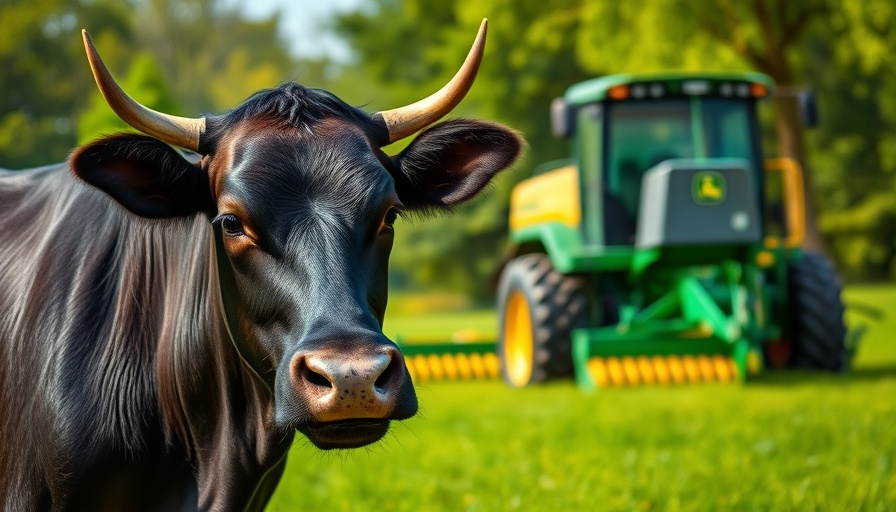
PotatoEurope Attracts Record-Number of Visitors Amid Industry Challenges
This year, PotatoEurope, held in Lelystad, showcased a remarkable achievement with over 17,000 attendees, despite facing industry challenges such as minimal potato prices on the free market. The event, which is renowned for its innovative character, attracted a diverse audience from 107 countries, including significant representation from Asia, with delegates from countries like China and India.
Innovation on Display: Cutting-Edge Technology in Agriculture
The exhibition featured 350 participating companies, showcasing advancements like camera sorters and field robots, including Croptiscan, which identifies diseases in potatoes. Notably, the autonomous pallet truck from Chinese brand EP Equipment demonstrated the growing automation in agriculture, capable of performing 99 tasks after a day of installation. This reflects a trend in agricultural mechanization, where precision and efficiency are paramount.
Anticipation for Agritechnica: A Preview of New Innovations
Manufacturers like Grimme, Ropa, AVR, and Dewulf planned to keep some innovations under wraps as they prepare for Agritechnica in Hannover. Nevertheless, visitors at PotatoEurope were able to witness enhancements in machinery, such as AVR’s Spirit 9200 i, now equipped with a Varioweb axial cleaning system and Isobus compatibility. This combination of user-friendly technology and improved functionality will likely draw interest at the larger event.
Weathering Challenges: Visitor Experience at PotatoEurope
The event faced its share of environmental challenges, with rain affecting the fields. Yet, the turnout remained strong, as visitors expressed enthusiasm for the demonstrations in the clay-rich fields, even during downpours. Such resilience speaks volumes about the industry's dedication to innovation and collaboration.
The Future of Agricultural Expos: A Look Ahead
The overwhelming attendance at PotatoEurope signals a growing interest in agricultural technology and the critical nature of continuous learning in the industry. As farmers and agricultural professionals gather in such forums, they are engaged not only in networking but also in exchanging vital insights that guide future practices. The blending of automation, innovation, and sustainable techniques is poised to shape the future trajectory of agriculture.
Significance of Awareness and Knowledge in Agriculture
Events like PotatoEurope serve as a crucial platform for agri-business professionals, highlighting the importance of staying informed about advancements in technology and sustainability practices. Understanding these innovations can grant practitioners a competitive edge and improve overall productivity.
In conclusion, as we reflect on the fruitful exchanges and technological showcases from PotatoEurope, consider how you can apply these insights to your practices. Engaging in such industry events not only equips you with knowledge but also fosters connections with trailblazers in agriculture.
 Rij toevoegen
Rij toevoegen






Write A Comment